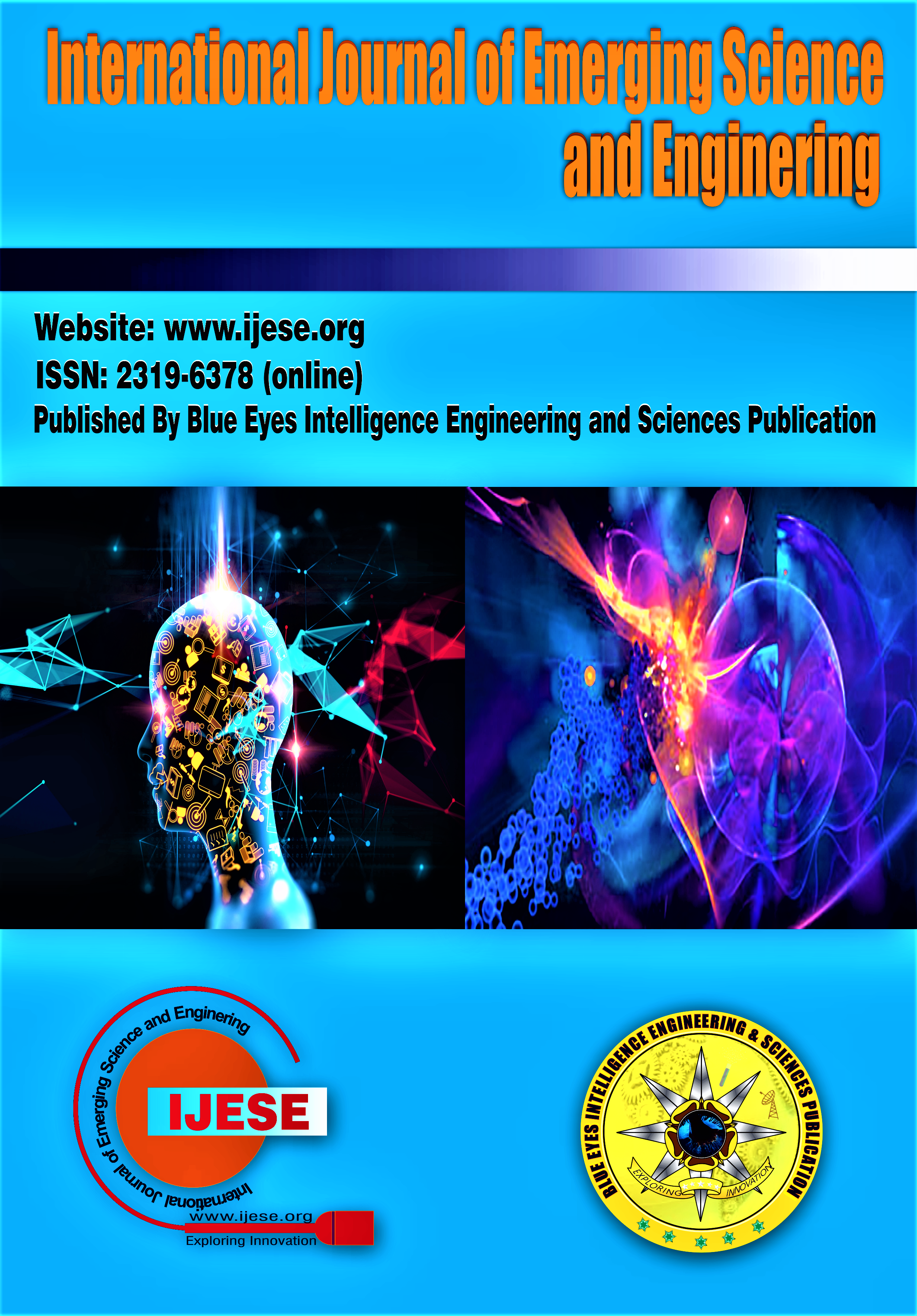Computer Forensics and Advanced Methodology
Main Article Content
Abstract
The field of computer forensics emerged in response to the substantial increase in computer-related crimes occurring annually. This rise in criminal activity can be attributed to the rapid expansion of the internet, which has provided perpetrators with increased opportunities for illicit actions. When a computer system is compromised and an intrusion is detected, it becomes crucial for a specialized forensics team to investigate the incident with the objective of identifying and tracing the responsible party. The outcome of such forensic efforts often leads to legal action being taken against those accountable for the wrongdoing. The methodology employed in computer forensics continually evolves alongside advancements in crime approaches, particularly as attackers leverage emerging technologies. To ensure the accuracy of forensic investigations, it is imperative that the scientific knowledge underlying the forensic process be complemented by the integration of technological tools. A plethora of hardware and software options are available to facilitate the analysis and interpretation of forensic data, thereby enhancing the efficiency and effectiveness of investigations. While the fundamental objectives of computer forensics primarily involve the seamless preservation, identification, extraction, documentation, and analysis of data, the widespread adoption of this discipline is contingent upon the law enforcement community’s ability to keep pace with advancements in computing technology. Furthermore, the prevalence of diverse computer devices resulting from the emergence of microcomputer technology also plays a crucial role in shaping the field of computer forensics. This research paper aims to provide a comprehensive overview of computer forensics, encompassing advanced methodologies and detailing various technology tools that facilitate the forensic process. Specific areas of focus include the analysis of encrypted drives, disk analysis techniques, analysis toolkits, investigations involving volatile memory, and the examination of captured network packets. By exploring these aspects, this paper aims to contribute to the existing body of knowledge in the field of computer forensics and support practitioners in their pursuit of effective investigative techniques.
Downloads
Article Details
Section

This work is licensed under a Creative Commons Attribution-NonCommercial-NoDerivatives 4.0 International License.
How to Cite
References
Sachowski and Jason, Implementing Digital Forensics Readiness, Rockland, Massachusetts : Syngress, 2016.
Jones and C. V. Andrew, Buidling a Digital Forensic Laboratory, Hoboken, New Jersey: Syngress , 2011.
Messier and Ric, Operating System Forensics, Rockland, Massachusetts : Syngress , 2015.
Heiser, K. Jay G and W. G, Computer Forensics: Incident Response Essentials, Boston: Addison-Wesley Professional , 2001 .
Hayes and D. R, A Practical Guide to Digital Forensics Investigation, 2nd Edition, New York City: Pearson IT Certification , 2020.
Vacca, J. R and R. R, System Forensics, Investigation, and Response, Massachusetts: Jones and Bartlett Learning, 2010.
Arnes and Andre, Digital Forensics, Hoboken, New Jersey : Wiley , 2017.
Sammons and John, Gigital Forensics, Massachusetts: Syngress, 2015.
Easttom and Chuck, System Forensics, Investigation, and Response, 3rd Editon, Sudbury, Massachustts: Jones & Bartlett Learning , 2017.
Oettinger and William, Learn Computer Forensics, Birmingham, UK: Packt Publishing , 2020.
John and Sammons, The Basic of Digital Forensics, 2nd Editon, Massachusetts: Syngress, 2014.
Sapronov, K. Shaaban and Ayman, Practical Windows Forensics, Birmingham, UK: Packt Publishing, 2016.
Johansen and Gerard, Digital Forensics and Incident Response - Second Edition, Birmingham, UK: Packt Publishing, 2020.
Mandia, L. Kevin, P. Jason and Mathew, Incident Response & Computer Forensics, Third Edition, New York City: McGraw-Hill , 2014.
Datt and Samir, Learning Network Forensics, Birmingham, UK: Packt Publishing , 2016.
Messier and Ric, Network Foreniscs, Hoboken, New Jersey : Wiley , 2017.
Muniz, L. Joseph and Aamir, Investigating the Cyber Breach: The Digital Forensics Guide for the Network Engineer, First Edition, United State: Cisco Press , 2018.
Jaswal and Nipun, Hands-On Network Forensics, Birmingham, UK: Packt Publishing, 2019.
Reiber and Lee, Mobile Forensics Investigations: A Guide to Evidence Collection, Analysis, and Presentation, New York City: Mc-Graw-Hill, 2015.
Tamma, B. Rohit, M. Satish, S. Heather and Oleg, Practical Mobile Forensics - Fourth Edition, Birmingham, UK: Packt Publishing, 2020.
Grant, S. Nicholas and J. II, Unified Communications Forensics, Rockland, Massachusetts : Syngress , 2013.
Sheward and Mike, Hands-on Incident Response and Digital Forensics, Swindon, United Kingom: BCS Learning & Development Limited, 2018.
Johnson and Leighton, Computer Incident Response and Forensics Team Management, Rockland, Massachusetts: Syngress, 2013.





